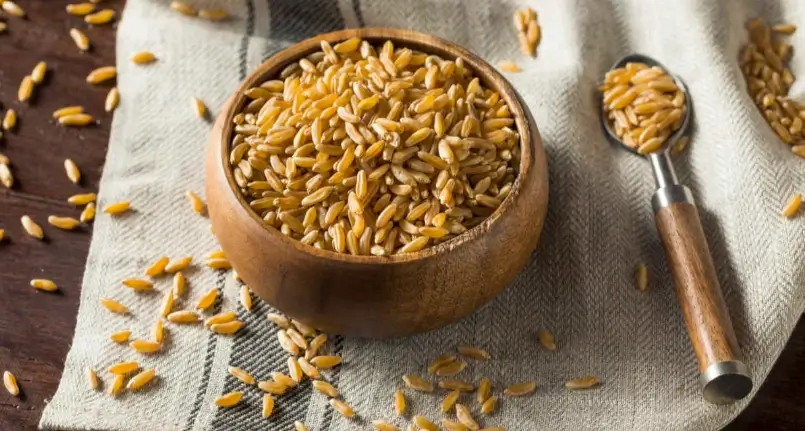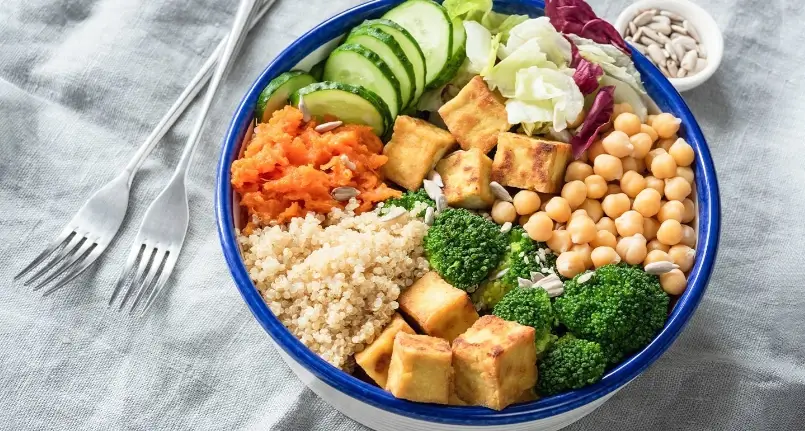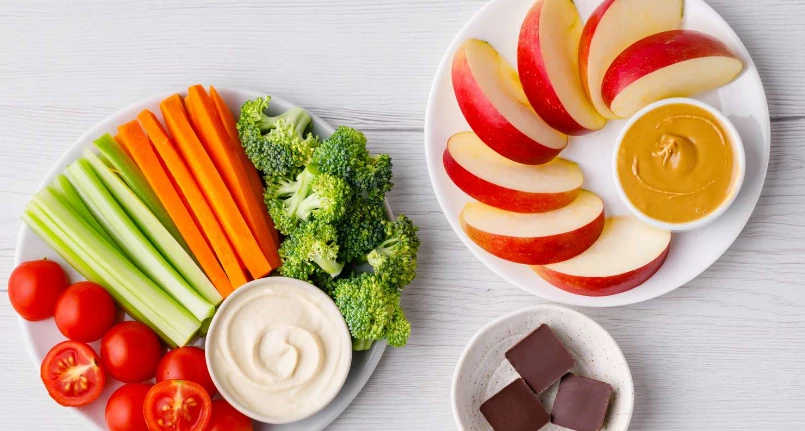What is Khorasan Wheat?
Khorasan wheat is a type of durum wheat that belongs to the botanical species Triticum turgidum ssp. turanicum , commonly known as Kamut (which is actually the name of the brand that started marketing it). It is part of the so-called Ancient Grains, as the plant has never undergone any type of genetic intervention by man, and preserves its original characteristics. This grain with remarkable beneficial properties was already known and cultivated by the ancient Egyptians , even if the origin of this cereal is of Middle Eastern origin. Indeed, Khorasan wheattakes its name from the ancient Persian region of Khorasan,
The stem exceeds a meter and a half in height and can reach 2 meters. The ear is up to 15 cm long. The grain, on the other hand, has a slightly curved shape and is about double the size of traditional wheat. The color is darker and amber.
.
Did you know that Kamut…
Did you know that Khorasan wheat is the well-known Kamut? A grain with remarkable nutritional properties, they are in fact the same thing. “Kamut” in fact does not refer to a variety of wheat, but to a US brand (International Kamut) which has started marketing Kamut flour , Kamut paste , as if “Kamut” were precisely a specific variety of wheat. It is also cultivated in Italy, in Tuscany, Puglia, Abruzzo on all regions. Until the 1980s it was a cereal that was poorly known in Italy. Its diffusion is linked to the increase in the onset of food intolerances caused by food processingand by the increasingly frequent modification of raw materials by man.
Properties of Khorasan Wheat
Khorasan wheat has a high energy and caloric power, therefore it is recommended for all people who practice sports, growing children and the elderly. The calories provided by 100 grams of Kamut wheat are greater than those provided by 100 grams of common wheat. Composed mainly of carbohydrates (about 70%) , it boasts a good dose of protein (15%) and has a considerable amount of minerals and vitamins . Khorasan wheat has more calories and are equal to approximately 340 per 100 g .
It is particularly rich in selenium , magnesium , zinc , vitamin E , lipids and fatty acids. Like any other cereal, if it has not been subjected to particular improvement processes, it does not have a high gluten content , therefore it is easily digestible even by people suffering from mild intolerances. Khorasan wheat, as well as all derivatives, however, is not suitable for consumption by people with celiac disease .
Compared to traditional wheat, Khorasan wheat has a glycemic index reduced by about half, equal to about 45 , very similar to that of quinoa . However, it is necessary to underline that those suffering from diabetes , overweight or other metabolic disorders must moderate their consumption. Rich in trace elements and amino acids , it becomes a highly nutritious food for those who have very intense physical and/or work activity . Compared to wheat and wheat, Khorasan wheat is more digestible and therefore more suitable for those with digestive problems. For the same reason it is indicated for those suffering from post-prandial heaviness, swelling, gastric reflux , and intolerance towards refined cereals .
Khorasan wheat: Benefits
Khorasan wheat has several beneficial properties, including:
- Antioxidant properties . The content of selenium, phenols and carotenoids helps to counteract the harmful action of free radicals by protecting the body from oxidative stress .
- Cardiovascular protection. Carotenoids and phenols, combined with vitamin E, help protect blood vessels from free radical damage.
- Protein: it is a highly energetic cereal rich in proteins .
- Digestible: compared to classic wheat, Khorasan wheat is much lighter and more digestible
- Strengthens teeth and bone tissue
- It supports the functioning of the nervous system . Vitamin B3 , also called niacin , plays a primary role in the functioning of our nervous system.
- Promotes intestinal transit. Khorasan wheat is rich in fiber and for this reason it is an excellent food to take in case of lazy intestines , especially in its wholemeal version .
- Anti cholesterol . Khorasan wheat is cholesterol-free and helps to counteract “bad” cholesterol ( LDL ).
Use in the kitchen
It is now easier to find products with the “Kamut” denomination on the market, compared to flour, or derivative products, of Italian Khorasan wheat . This particular grain is used for the production of pasta , with a rustic flavor , almost of dried fruit , and flour, more protein than soft wheat flour , and with a high satiating power with which to knead bread , pizza , focaccia , piadina , biscuits and cakes. It can be used in grains, like other more common cereals such as spelt or barley, and therefore with vegetables , in salads or added to vegetable or legume soups .




